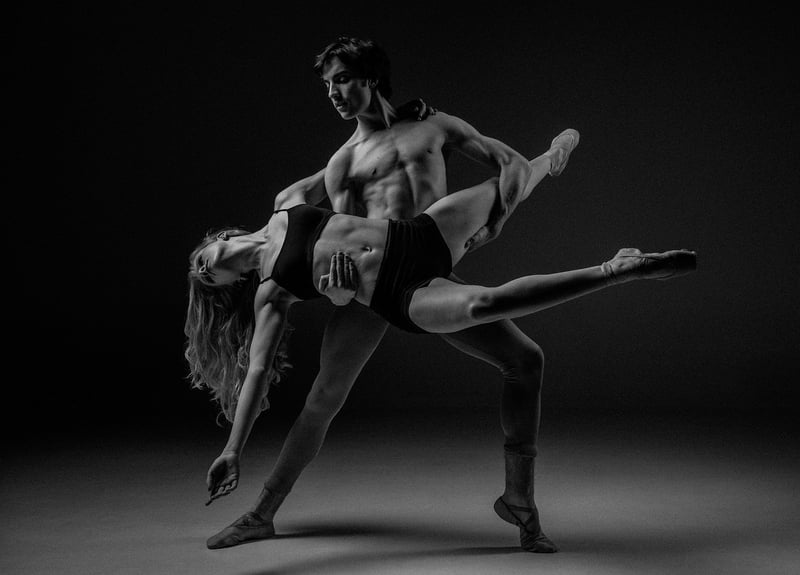Salsa
Exploring Expressive Movement Forms: Salsa Dance

Salsa dance is not just a dance, it's a form of expression that combines intricate footwork, sensual hip movements, and lively arm patterns. Originating in the Caribbean, salsa has evolved into a popular social dance style known for its infectious rhythm and passionate energy.
The History of Salsa Dance
Salsa dance traces its roots back to Cuba, where it emerged as a fusion of Afro-Cuban rhythms and Latin ballroom dance styles. Over time, it spread to other Latin American countries and eventually made its way to the United States, where it gained widespread popularity in the 1970s.
Key Elements of Salsa
- Rhythmic Footwork: Salsa is known for its fast-paced footwork that involves intricate steps and quick weight transfers.
- Body Movement: Salsa dancers use their hips, shoulders, and arms to add flair and style to their movements.
- Partner Connection: Salsa is a partner dance that requires strong communication and connection between dancers.
- Music: Salsa is danced to upbeat Latin music with a distinctive rhythm that drives the movements of the dancers.
Benefits of Salsa Dance
Engaging in salsa dance not only provides a fun and social activity but also offers numerous health benefits, including improved cardiovascular fitness, coordination, and stress relief. Additionally, salsa dancing can boost self-confidence and promote a sense of community among dancers.
Getting Started with Salsa
If you're interested in learning salsa dance, look for local dance studios or community centers that offer classes for beginners. Many cities also have salsa clubs where you can practice your moves and meet other dancers. Remember, salsa is about having fun and expressing yourself, so don't be afraid to let loose on the dance floor!
Are you ready to spice up your dance repertoire with the vibrant rhythms of salsa? Put on your dancing shoes and immerse yourself in the world of expressive movement!
